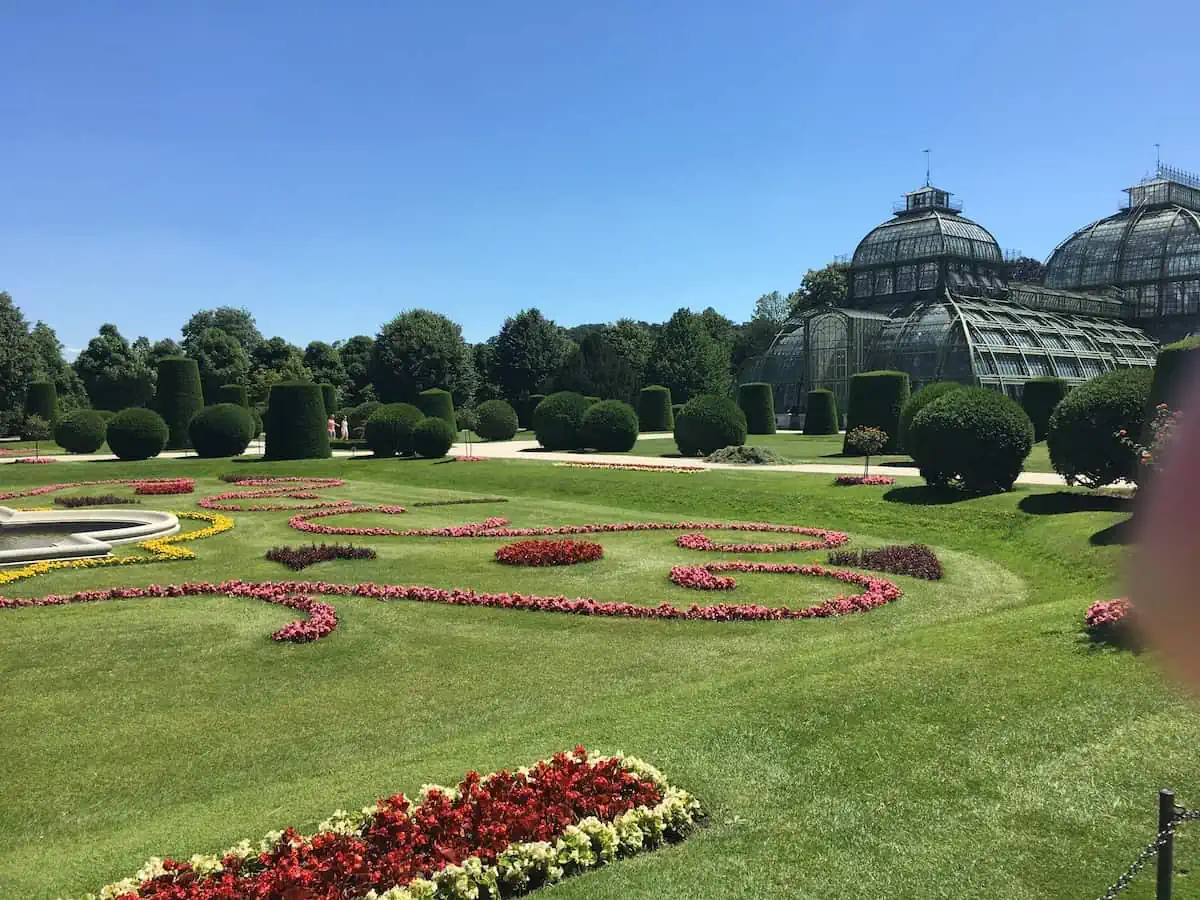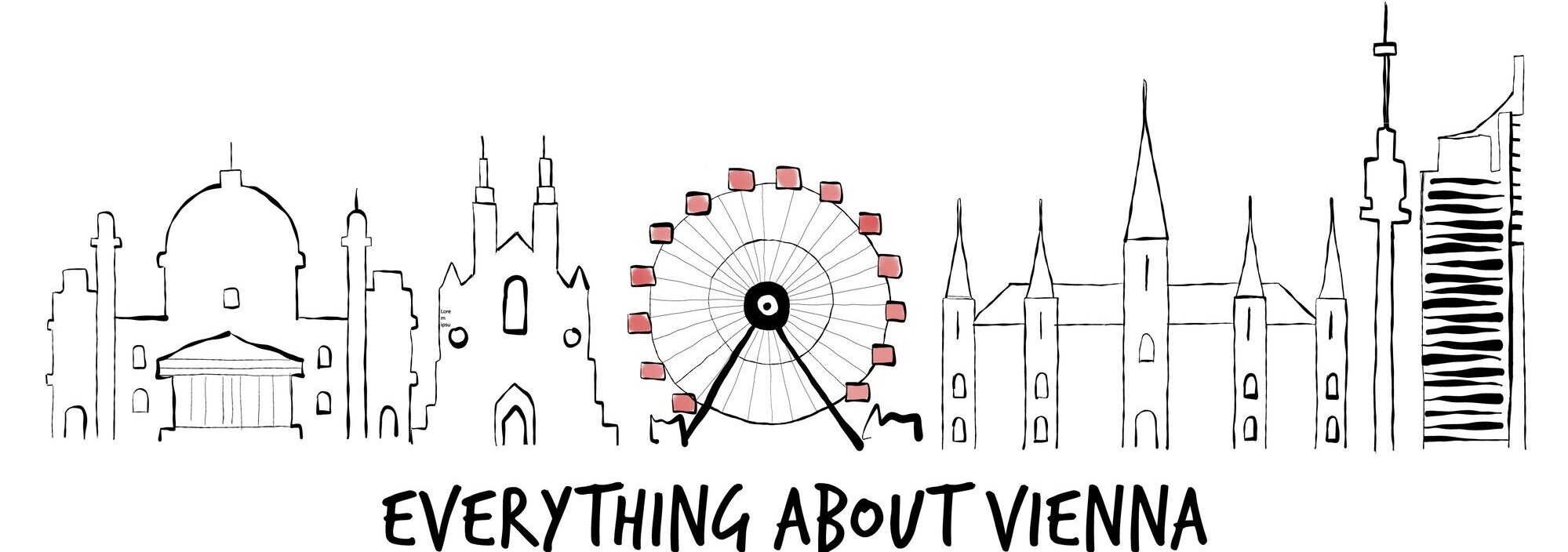Imagine sipping a steaming cup of Glühwein at a Christmas market while snowflakes drift around St. Stephen’s Cathedral. Or strolling through Schönbrunn Palace’s gardens in spring, surrounded by blooming flowers and the scent of fresh blossoms. Perhaps you prefer a warm summer evening, enjoying an open-air concert in front of Vienna’s historic Rathaus.
Vienna is a city that transforms with the seasons. Whether you are drawn to its festive winter charm, vibrant summer atmosphere, or cultural highlights in between, choosing the right time to visit depends on your preferences. This guide will help you decide when to experience Vienna at its best.
Vienna through the seasons: Weather and atmosphere
| Season | Average temperature (°C / °F) | Weather and activities |
|---|---|---|
| Spring (March–May) | 8–18 °C / 46–64 °F | Mild weather, blooming parks, fewer tourists. Great for sightseeing and outdoor cafés. |
| Summer (June–August) | 18–30 °C / 64–86 °F | Warm and lively, peak tourist season. Perfect for open-air concerts, Heurigen (wine taverns), and Donauinsel relaxation. |
| Autumn (September–November) | 10–20 °C / 50–68 °F | Comfortable temperatures, wine season, and fewer crowds. Ideal for cultural events and scenic city walks. |
| Winter (December–February) | -1–5 °C / 30–41 °F | Cold, with magical Christmas markets and cozy cafés. Perfect for opera, classical concerts, and winter charm. |
Spring (March–May): Blossoms and mild temperatures

Spring in Vienna is ideal for those who enjoy mild temperatures and fewer crowds. The city’s gardens, including Schönbrunn Palace and the Volksgarten, are in full bloom. This is the perfect time for outdoor activities, leisurely walks, and café visits.
Highlights
- Vienna City Marathon (April) – A major event attracting thousands of runners and spectators.
- Easter markets – Traditional crafts, seasonal treats, and festive decorations.
Summer (June–August): Warm and festive

Vienna is at its liveliest in summer, with bustling streets, open-air festivals, and long evenings. However, this is also peak tourist season, meaning higher accommodation prices and busier attractions.
Highlights
- Film Festival at Rathausplatz – A free outdoor cinema with international cuisine.
- Donauinsel and Alte Donau – Ideal for swimming, cycling, and escaping the city heat.
- Wine taverns (Heurigen) in Grinzing – Enjoy traditional Austrian wines in a relaxed outdoor setting.
Autumn (September–November): Culture and wine season

Autumn is a great time for travelers who want to experience Vienna’s cultural life while avoiding the summer crowds. The weather is still pleasant, and the city hosts many events celebrating Austrian wine and music.
Highlights
- Vienna Wine Hiking Day (September/October) – Scenic vineyard walks with tastings.
- Start of the opera and concert season – The Vienna State Opera and Musikverein open their doors for world-class performances.
- Golden autumn colors – Parks like the Prater and Belvedere Gardens offer beautiful foliage.
Winter (December–February): Christmas magic and classical concerts

Winter in Vienna is enchanting, with festive lights, Christmas markets, and world-renowned concerts. While temperatures are low, the city’s cozy cafés and rich cultural scene make it a wonderful time to visit.
Highlights
- Christmas markets (mid-November to December 24) – The most famous one is at Rathausplatz, with handcrafted gifts and seasonal delicacies.
- New Year’s Eve celebrations – Street parties, concerts, and the famous “Blue Danube” waltz at midnight.
- Ball season (January–February) – Experience Vienna’s famous waltz tradition at one of the many elegant balls.
Vienna’s busiest and quietest periods: Best time to visit Vienna
Vienna experiences peak tourism in summer (June–August) and during the Christmas season (late November–December). These periods offer a vibrant atmosphere with numerous events but also mean higher prices and crowded attractions. For a more relaxed experience, the shoulder seasons—spring (April–May) and autumn (September–October)—provide mild weather, fewer tourists, and a great mix of outdoor activities and cultural events. Winter (January–March) is the city’s quietest period, making it ideal for budget travellers and those who enjoy Vienna’s rich indoor culture, from grand opera performances to cosy coffeehouses.
Best time for different types of travellers
Culture lovers should plan their visit between September and June, when the city’s renowned opera houses, concert halls, and museums are in full swing. Budget-conscious travellers will find the best deals in the colder months from January to March, when hotel prices drop, and tourist numbers are at their lowest. Those drawn to Vienna’s festive charm should visit in late November and December, when Christmas markets transform the city into a winter wonderland. Food and wine enthusiasts will enjoy the autumn months, with wine taverns in full swing and scenic vineyard walks just outside the city.Practical travel tips
For peak seasons, booking flights and accommodation at least three months in advance ensures better prices and availability. Vienna’s public transport is efficient year-round, with trams and buses offering a comfortable alternative in cold weather. No matter when you visit, planning around local events and holidays can help you avoid the biggest crowds while making the most of what Vienna has to offer.
What to wear in each season
Winter (December–February): Subzero temperatures and occasional snow mean a warm coat, gloves, a hat, and insulated shoes or boots are essential. Layering with thermals or wool pullovers keeps you comfortable when transitioning between the cold outdoors and heated indoor spaces.
Spring (March–May): Mornings and evenings can be chilly, so layering is key. A light jacket, jumper, and comfortable walking shoes are ideal. An umbrella or rain jacket is useful for occasional showers.
Summer (June–August): Temperatures can rise above 30 °C (86 °F), so lightweight, breathable clothing is best. Sunglasses, a hat, and sunscreen are essential for outdoor sightseeing, and a reusable water bottle helps you stay hydrated.
Autumn (September–November): The weather varies from warm early in the season to much cooler by November. A medium-weight jacket, scarf, and waterproof shoes are recommended, especially for vineyard walks and city strolls.
